We Tried Making Egg Coffee, and Here's What It Tastes Like
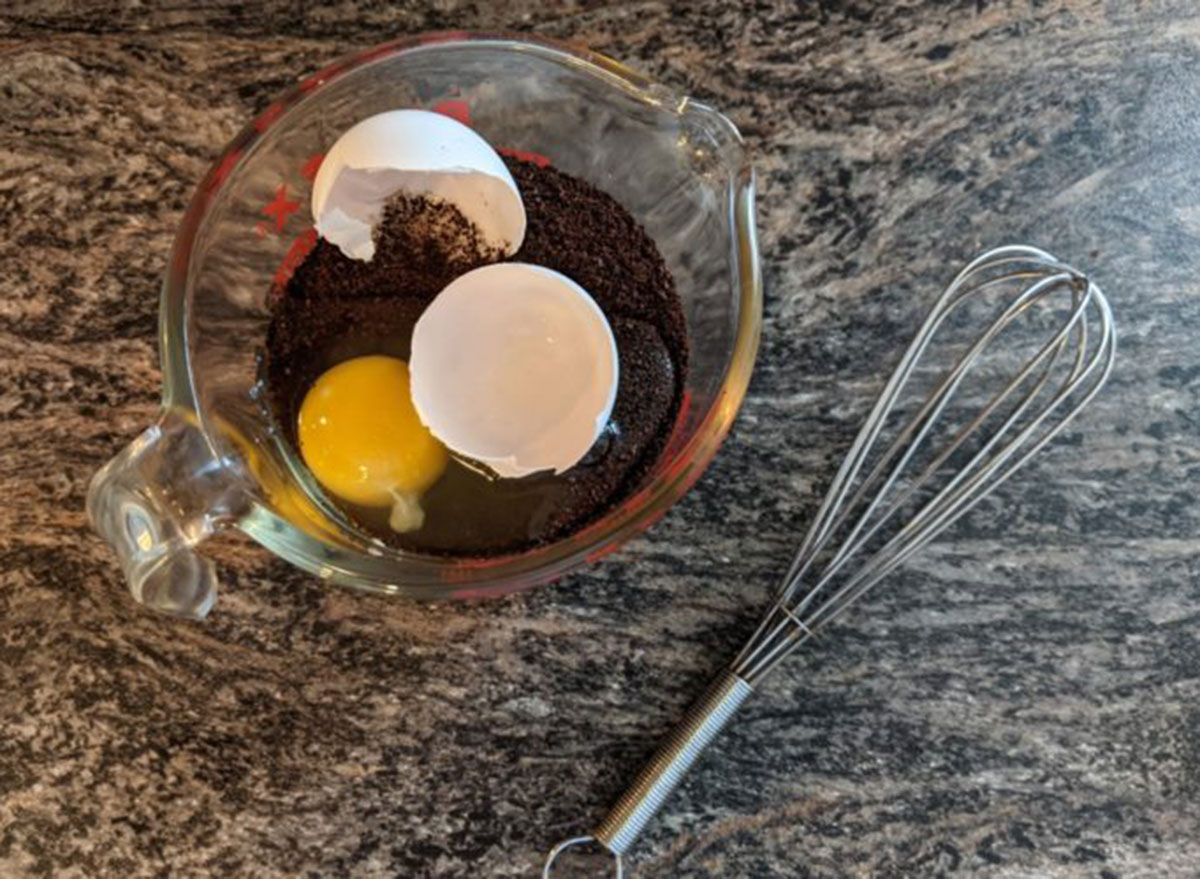
Written by Clint Davis for Simplemost and syndicated with permission.
Eggs and coffee are perhaps the most important staples of any breakfast—but I never thought to combine them in the same cup.
Egg coffee is apparently a tradition in Scandinavian kitchens that dates back centuries. According to The Spruce Eats, immigrants from Sweden brought this unique way to make java with them to America in the late 1800s and their families have kept it brewing here ever since. Apparently, adding an egg to the coffee-making process extracts bitterness from the grounds and enhances the caffeine.
I had never heard of egg coffee until one of my editors here at Simplemost pitched it in a story idea, but I was immediately intrigued to try it out. I imagined something akin to egg drop soup, where you simply crack an egg into a pot of coffee, but the process was more nuanced and appetizing than that.
You can find several recipes online, including one that involves a French press at Myrecipes.com, but I used the method provided by The Spruce Eats for my test. The only tools it requires are a saucepan and a mesh strainer. To start, you pour 9 cups of water into the saucepan and bring it to a boil. I used filtered water because my tap water tastes like chlorine but it's not a requirement.
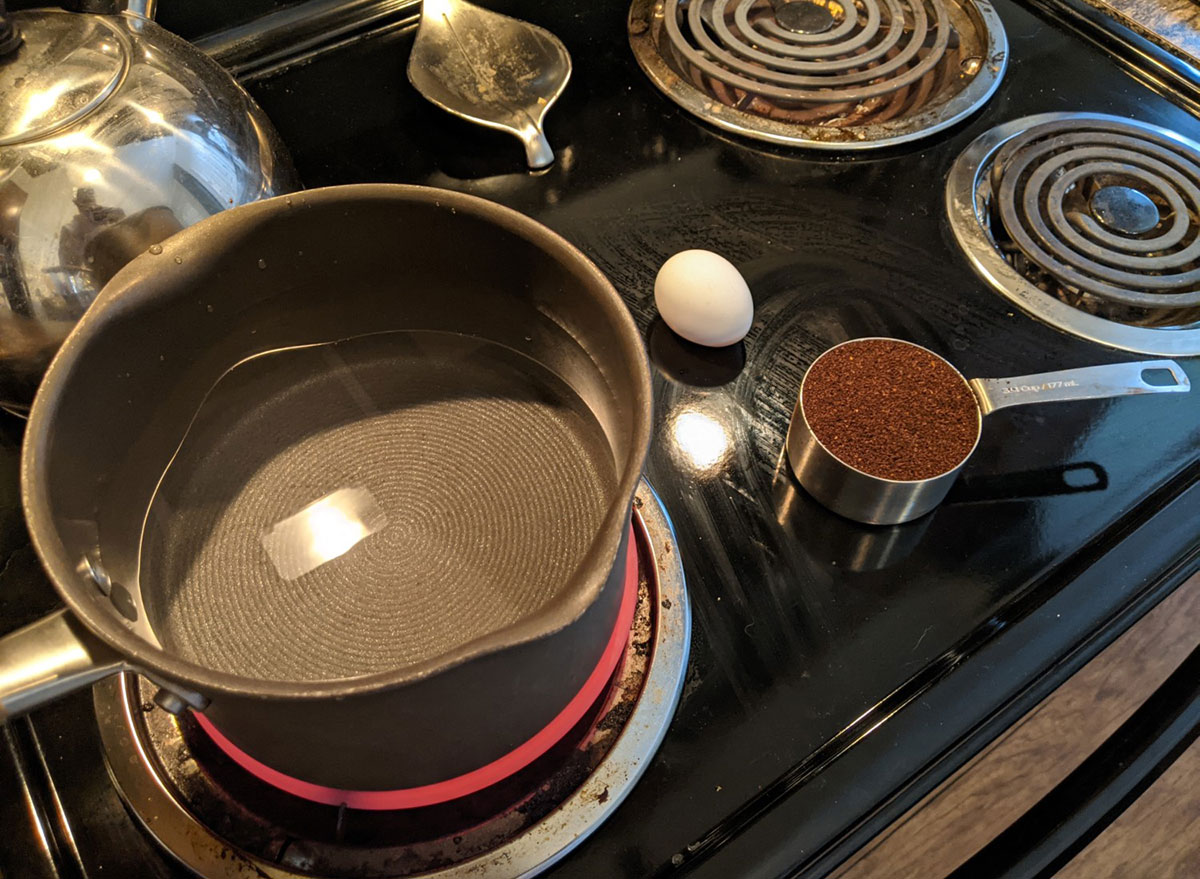
While the water boiled, the recipe called for me to combine my coffee grounds and egg with another 3/4 cup of water in a measuring cup. I'm sure the coffee snobs reading this will bristle at the fact that I used Folgers Classic Roast for my test, but the only artisanal beans I had in the kitchen were flavored, so this was my best option for something neutral.
Every recipe I found online said to use the entire egg, including the shell, in the mixture, so I mixed it all together using a whisk and it ended up looking like thick brownie mix.
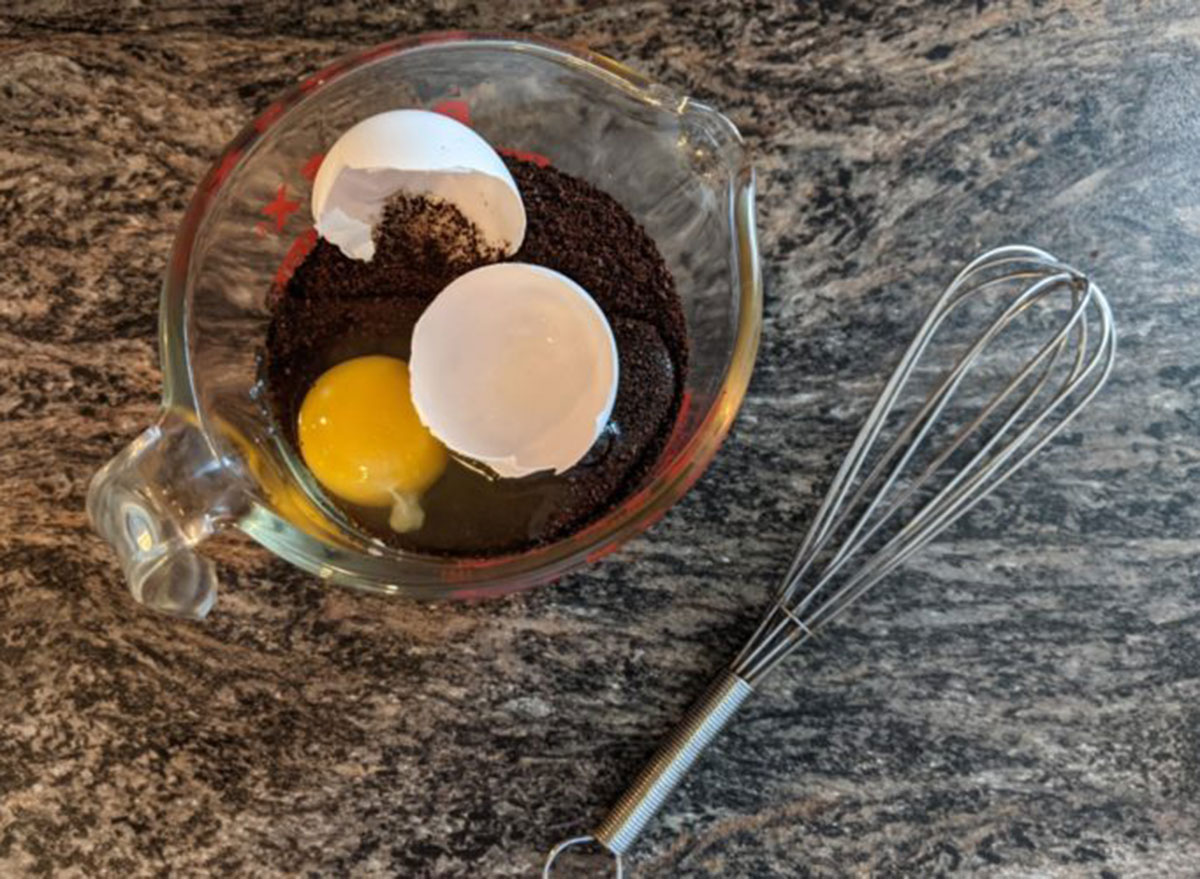
The whole mixture was then poured into the boiling water, where I simmered it for a few minutes until it all rose to the top in a single mass, as the recipe predicted. I then poured in a little cold water and let it all sit for about 10 minutes.
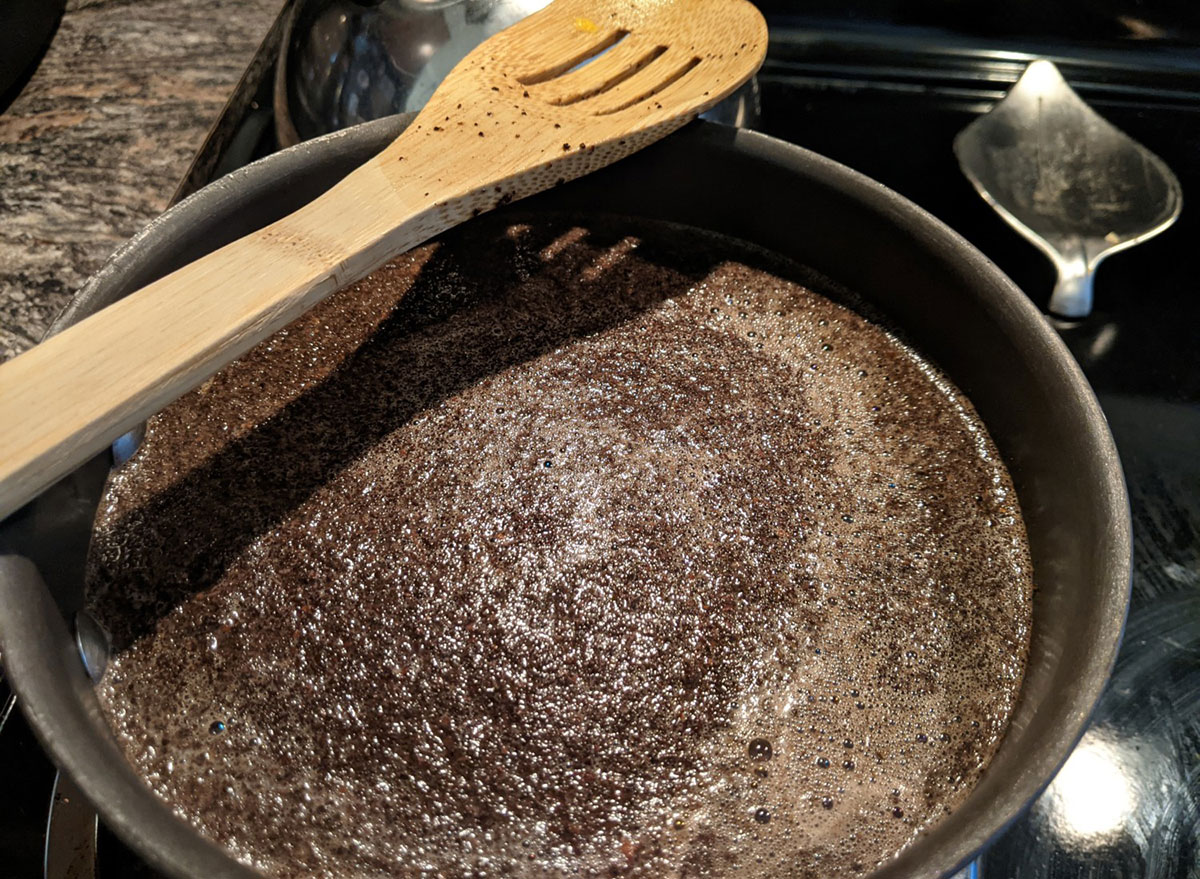
I used my mesh strainer to sift the whole thing into a gallon pitcher. What was left behind was a sludge of coffee grounds and egg shells that could be added to the compost bin to help fertilize your backyard garden.
Meanwhile, into the pitcher went a batch of coffee that was slightly more tan in its hue than the typical black coffee that I drink every morning. In the end, the whole process took about 15 minutes from start to finish.
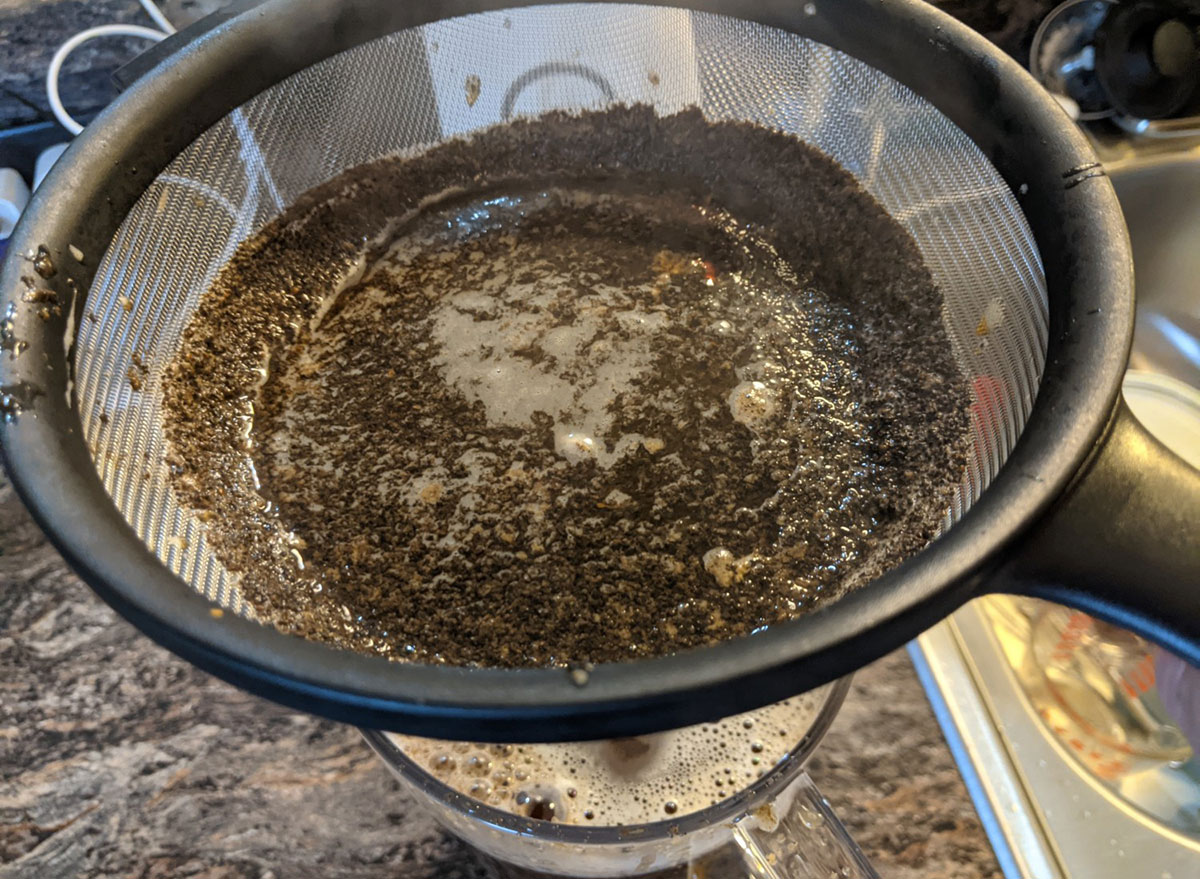
The Verdict
I poured some of the egg coffee into my favorite Totoro mug and gave it a sip. I usually drink my coffee black, so this was the way I decided to drink my egg coffee and I have to say, I loved what met my tongue.
I can't say there was a huge difference in the way it tasted but there was absolutely no hint of the aftertaste that sometimes accompanies a cup of black coffee. It was noticeably smoother and easier to sip than any cup of home-brewed coffee that I can remember having during the pandemic.
I immediately drank two cups back to back, a rare thing for me to do, which is a further testament to this pot of egg coffee.
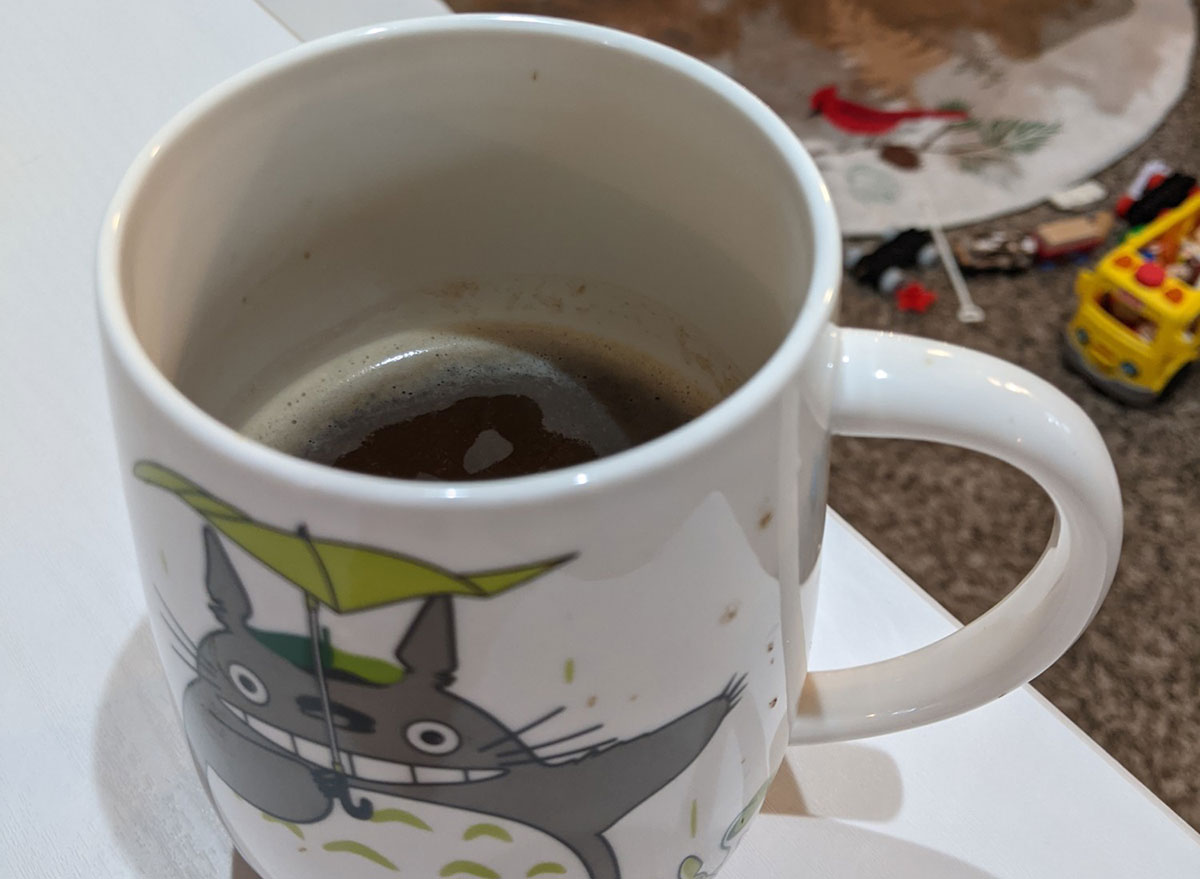
If you try to make a batch for yourself, you might find that the people with whom you share breakfast aren't as adventurous. The recipe made an entire pot's worth of coffee, but when I asked my wife—who was watching me in disbelief the entire time I prepared this concoction—if she wanted a cup, she said, succinctly, "I'm not drinking that s—."
Her loss!








